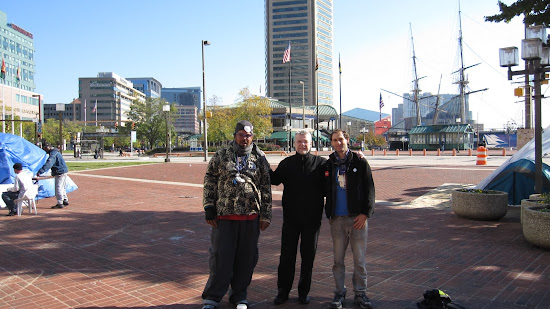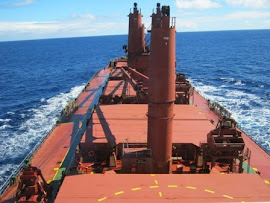The Republic of Singapore consists of Singapore Island, some 42 km by 22 km, and numerous smaller adjacent islands. It is joined to the mainland of Peninsular Malaysia by a causeway and a bridge across Johor Strait. The Port of Singapore is one of the largest and busiest ports in the world and extends over many of the islands forming the Republic of Singapore. There is a long term programme of offshore reclamation and development to the SW of Singapore Island.
History
Sir Thomas Raffles arrived in Singapore in 1819 as agent of the East India Company. In 1824 the company purchased Singapore Island, and by 1825 the city of Singapore had become a major port.
In 1826 the East India Company formed the Straits Settlements by the union of Singapore and the dependencies of Penang (Pinang) and Malacca (Melaka) on the Malay Peninsula. In 1867, these three became a Crown Colony under British rule.
Singapore was occupied by Japan from 1942 to 1945 during World War II.
When civil rule was restored Singapore became a separate crown colony on 1st April 1946, when the former colony of the Straits Settlements was dissolved; Penang and Malacca being incorporated in the Federation of Malaya.
In 1959, the state achieved complete internal self-government, with Lee Kuan Yew as Prime Minister, and in 1963 the State of Singapore became one of the states of the newly formed Malaysia.
By an agreement entered into by the governments of Malaysia and the state of Singapore, effective on 9th August 1965, Singapore ceased to be one of the states of the Federation of Malaysia and became an independent sovereign state. By constitutional amendment, the name of the state was changed to the «Republic of Singapore» and the legislative assembly was renamed «Parliament»
Government
The Republic of Singapore is a parliamentary democracy. Legislative power is vested in the unicameral Parliament, with 84 members elected by universal adult suffrage for five years (subject to dissolution) in the single-member constituencies. There is provision for up to six additional members from opposition parties depending of their share of the vote. Also, up to nine more members can be nominated by the government for a two year term.
The head of state is the President of Singapore who is directly elected for a six year term.
Effective executive authority rests with the cabinet which is appointed by the President on the advice of the Prime Minister, who is also appointed by the President.
Suffrage is universal and compulsory.
Population
In 2010 the population of Singapore was estimated to be 4,59 million. Ethnic groups are: 76,8% Chinese origin, 13,9% Malay, 7,9% Indian, Pakistani, Bangladeshi or Sri Lankan, and 1,4% others.
Language
Malay, Chinese (Mandarin), Tamil and English are the official languages. Malay is the national language and English is the language of administration and commerce.
Trade and industry
Singapore has limited natural resources and relies on imports for most of the basic requirements. Historically the success in economic growth was based on entrepot trade, chiefly in raw materials from surrounding countries.
More recently a wide range of manufacturing industries has been established including shipbuilding, electrical, electronic and telecommunications industries, scientific instruments, pharmaceutical and oil refining.
Singapore has also developed as an important international financial services centre and tourism is becoming increasingly significant.
Less than one-six of the land area is under cultivation. The main farming activities are pig and poultry farming, fruit and vegetables gardening, and orchid cultivation.
Admiralty Sailing Directions
Συνεχίζεται...
Chtisgio














 ...στον Παναμά
...στον Παναμά







































Δεν υπάρχουν σχόλια :
Δημοσίευση σχολίου